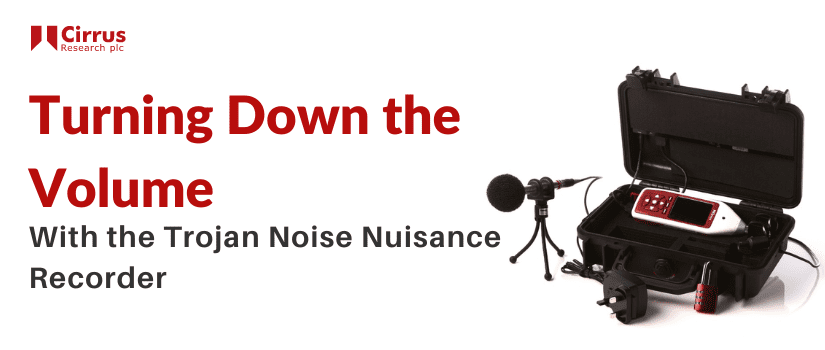Noise is never far away in our busy lives, whether in the house or on the commute to work, and many of us will have jobs (or colleagues) that leave our ears desperate for some downtime before the end of the day. The one time we all need to have real peace and quiet is when we are ill, and even more so when we’re in hospital. However, research is showing that noise levels in hospitals are getting worse, not better, as highlighted by a recent article in the Nursing Times.
The World Health Organisation (WHO) advises that patients shouldn’t be exposed to noise louder than 35 decibels, or a loud whisper, when in hospital. The reality is that anyone who has ever stayed overnight courtesy of the NHS will know how difficult it can be to sleep, surrounded by staff, machinery, trolleys and phones. According to in-patient surveys for the UK, 40% of hospital patients are being disturbed by night time noise. And it’s not only the patients’ that may be affected – high levels can also have an impact on staff.
Researchers from King’s College London say noise levels in intensive care – where the most vulnerable patients are looked after – regularly exceed 100 decibels. Whilst these high levels may not be constant they can be incredibly intrusive and lead to increased stress levels by default. In the worst-case scenario, noise pollution has been implicated in the development of a condition known as intensive care psychosis – a form of delirium where patients experience anxiety, become paranoid, hear voices and hallucinate.
Increased stress, greater pain sensitivity, high blood pressure, and poor mental health are also possible side-effects. It can be so bad for some patients that they actually discharge themselves before they are fully recovered – only to be re-admitted later.
“People leave early, and long after discharge, the trauma remains. It puts patients off coming back,” Dr Andreas Xyrichis, lead author of the latest noise report said. His team believe three key areas must be addressed in order to reduce noise levels and the risks to people’s health they pose:
- The hospital soundscape must be considered as a whole – not just the noisiest elements, such as hospital machinery and alarms, but also low but intrusive sounds, such as the noise of keys in locks and squeaky doors.
- Patients’ perception and response to a variety of common hospital sounds should be more thoroughly researched. Researchers were surprised to learn some sounds, such as the tea trolley, brought a degree of comfort to patients – as a signal of social interaction
- Patients and families need clear information about probable noise levels during admissions, so they are better prepared in advance and can consider simple solutions, such as bringing their own headphones or earplugs.
It sounds so simple when put like that, but we all know that unfortunately, the wheels of progress often grind slowly in the NHS.
There are some low-level solutions that are easy to adopt and noise monitoring has never been easier with the advent of personal noise dosimeters that could be worn by staff – or even patients – offering accurate noise level data via devices that weigh only a few ounces. It is much easier to address a problem once you know where the problem is as well as its severity. This isn’t a time for a sticking plaster solution (pun intended).
Personal noise dosimeters such as the Cirrus Research doseBadge® can provide incredibly accurate data as to people’s personal exposure to noise, allowing remedial action to be taken in order to reduce people’s risk of developing noise-related health conditions.
Once you know how you can act, other early interventions such as sound-absorbing panels and noise-warning systems can be installed, raising awareness and physical barriers.
Previous studies into the subject have also made recommendations (some have been adopted) such as all staff wearing soft-soled shoes, mobile phones being switched off or on silent, and the introduction of soft closing bins on wards. Others suggest having quiet zones in hospitals akin to the quiet carriages found on trains, but with space at a premium that’s probably not seen much adoption.
What would we recommend? Monitor the noise and get your data so you can pinpoint the specific issue. Then, you can make informed decisions that will help both patients and staff in the long term.
Hospital noise facts
- For a good night’s sleep, background sound level should not exceed 30dB and individual noise events should not exceed 45dB.
- Dropping a stainless steel bowl creates around 108 dBs, which is more than the 100 dBs caused by a nearby car horn.
- Ideally, patients should not be exposed to noise above 35dB
- Prolonged exposure to sounds over 85 dB can damage hearing
- Raising/lowering bed rail = 90dB, as loud as a lawnmower
- Dropping rubbish in a bin = 53-82dB, as loud as a busy street



